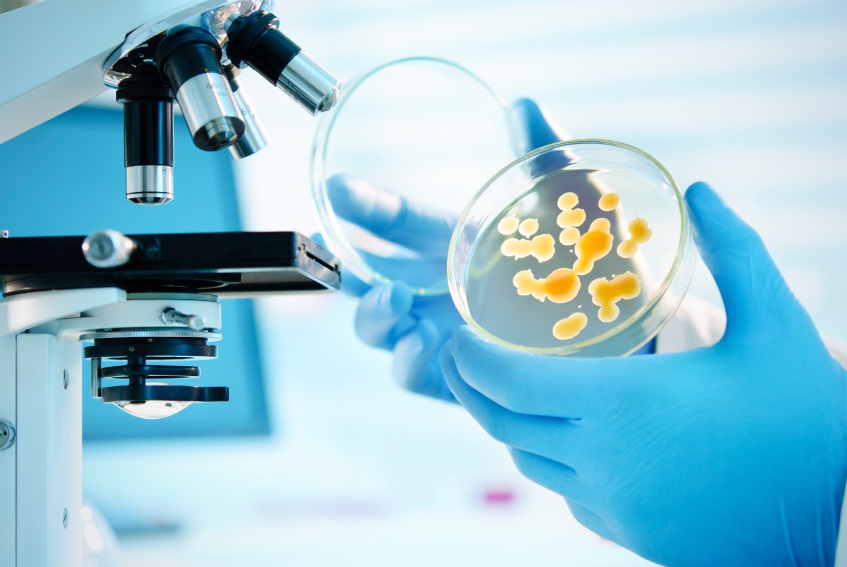 In a one-day public conference held in July 2012, members from AABB and others in the transfusion medicine community discussed the risks posed by bacterial contamination of platelets and the potential benefits, costs, and efficacy of secondary bacterial screening tests. Previous studies have estimated that between 1 in 3,000 to 1 in 5,000 apheresis platelet units are infected with bacteria, despite being screened as non-contaminated during early culture testing. Although many transfusion recipients are unaffected by these contaminants, other patients can experience sepsis, shock, and even death. Prominent figures at the conference included, Dr. Darrell J. Triulzi, AABB President, Dr. Jay Epstein, director of the Food and Drug Administration’s Office of Blood Research and Review, and Dr. Richard Benjamin, chief medical officer of the American Red Cross. Although speakers noted that there has been a significant decrease in bacterial contamination since the implementation of AABB’s standard 5.1.5.1 in 2003, which requires all blood centers to “limit and detect” bacteria, they suggested considering use of further point-of-issue testing to reduce residual risk. Conference attendees also discussed the Verax Pan Genera Detection (PGD) test, other products to detect bacterial contamination of platelets, and the financial implications of additional secondary screening. The AABB Bacterial Contamination Task Force presented a preliminary analysis estimating the cost in the United States to test all apheresis platelets by PGD to be $70 million, or $117,439 per positive sample. It was not clear whether there is enough data to establish a new standard for secondary testing of platelets for bacterial contamination and further work by the AABB Bacterial Contamination Task Force will be completed.
In a one-day public conference held in July 2012, members from AABB and others in the transfusion medicine community discussed the risks posed by bacterial contamination of platelets and the potential benefits, costs, and efficacy of secondary bacterial screening tests. Previous studies have estimated that between 1 in 3,000 to 1 in 5,000 apheresis platelet units are infected with bacteria, despite being screened as non-contaminated during early culture testing. Although many transfusion recipients are unaffected by these contaminants, other patients can experience sepsis, shock, and even death. Prominent figures at the conference included, Dr. Darrell J. Triulzi, AABB President, Dr. Jay Epstein, director of the Food and Drug Administration’s Office of Blood Research and Review, and Dr. Richard Benjamin, chief medical officer of the American Red Cross. Although speakers noted that there has been a significant decrease in bacterial contamination since the implementation of AABB’s standard 5.1.5.1 in 2003, which requires all blood centers to “limit and detect” bacteria, they suggested considering use of further point-of-issue testing to reduce residual risk. Conference attendees also discussed the Verax Pan Genera Detection (PGD) test, other products to detect bacterial contamination of platelets, and the financial implications of additional secondary screening. The AABB Bacterial Contamination Task Force presented a preliminary analysis estimating the cost in the United States to test all apheresis platelets by PGD to be $70 million, or $117,439 per positive sample. It was not clear whether there is enough data to establish a new standard for secondary testing of platelets for bacterial contamination and further work by the AABB Bacterial Contamination Task Force will be completed.
Reference:
“Public Conference – Secondary Bacterial Screening of Platelet Components.” Meetings and Events. AABB. Web. 23 Aug. 2012. <http://www.aabb.org/events/conference/Pages/conf.aspx>.
